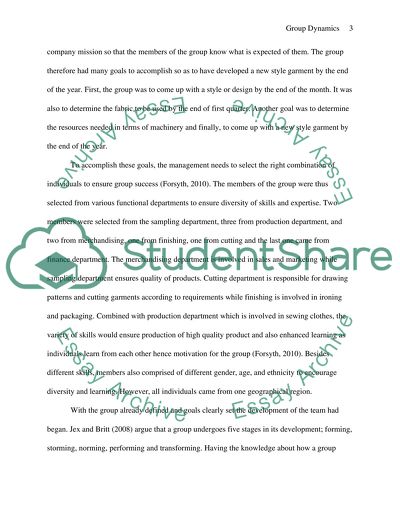Cite this document
(“Analysis of Group Dynamics Research Paper Example | Topics and Well Written Essays - 1750 words”, n.d.)
Retrieved from https://studentshare.org/psychology/1453064-group-dynamics
Retrieved from https://studentshare.org/psychology/1453064-group-dynamics
(Analysis of Group Dynamics Research Paper Example | Topics and Well Written Essays - 1750 Words)
https://studentshare.org/psychology/1453064-group-dynamics.
https://studentshare.org/psychology/1453064-group-dynamics.
“Analysis of Group Dynamics Research Paper Example | Topics and Well Written Essays - 1750 Words”, n.d. https://studentshare.org/psychology/1453064-group-dynamics.


